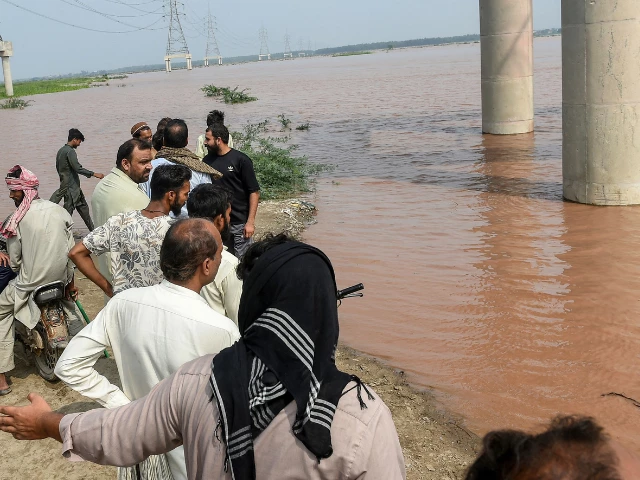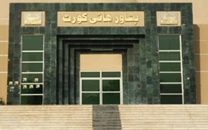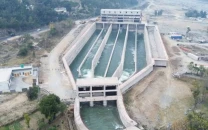Ravi buffer zones to expand in flood-prone areas
Hydraulic models indicate spillover during extremely high flows

Following the worst monsoon flooding, the Punjab government has doubled down on its Ravi Riparian Resilience and Carbon Programme.
Extremely heavy rainfall in the upper catchments and releases from upstream dams pushed the Ravi's flow past danger thresholds at Head Balloki, Shahdara, and Jassar.
The government's updated plan retains the riparian planting of native vegetation, bio-engineered banks, fencing, evacuation routes, and modern early warning systems with enhancements.
Under the plan, buffer zones along the river will be expanded where hydraulic modelling shows highest risk of overflow and tree and grass species that survive inundation and recover quickly will be selected. A nursery pipeline is being fast-tracked to ensure sapling supply before the next monsoon. Community co-management agreements will now incorporate flood response roles, including volunteer patrolling and rapid replanting.
Financially, the initiative includes contingency funds and parametric micro-insurance instruments to cover damage from extreme flood events. Carbon credit sales will build in extra buffers.
Officials said the monitoring, reporting and verification.framework is being tightened to verify emission reductions.
Priority is being given to the Shahdara-to-Balloki and Head Balloki-to-Sulemanki corridors, but with sub-site design adjusted after the latest hydraulic models showed risks of spillover near settlements during extremely high flows.
Where necessary, works will include additional grey infrastructure to protect bridges and densely populated riverbanks without compromising ecological restoration elsewhere.



















COMMENTS
Comments are moderated and generally will be posted if they are on-topic and not abusive.
For more information, please see our Comments FAQ